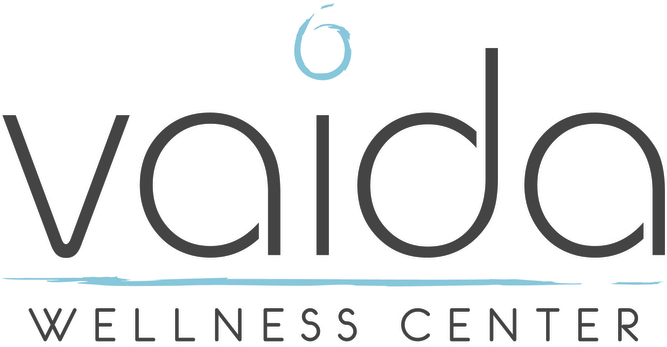
Your ribcage is made up of 12 pairs of ribs, which form an arching curve or “cage” that wraps around and protects your heart and lungs.
Our body’s thoracic spine consists of 12 vertebrae that attach and articulate to those 12 pairs of ribs. Your first seven ribs attach directly in front to the sternum, a bone centered vertically in the middle of your chest.
Our ribs that attach are hinged at their joints by cartilage, either costosternal or costovertebral, and because ribs have to keep moving, they are generally more mobile. Between each rib is a muscle known as the intercostal muscle, and when the rib joints become restricted, the muscles can tighten, further exacerbating rib pain.
What Causes Rib Pain?
You can strain, bruise, fracture, or misalign your ribs. Trauma, including falls, car accidents, or sports injuries, are the most common reason for strains, bruise, and fractures, but rib misalignment can be caused by coughing, sneezing, pregnancy, postpartum recovery, carrying young children, inflammation, sitting for prolonged periods of time and degenerative conditions such as arthritis or osteoporosis.
Symptoms of Rib Pain
Rib pain can vary significantly in its presentation, but the pain is often described as:
- Achy
- Stabbing
- Popping or Popcorn sensation
- Pulling
- Pressure
- Sharp Spams
- Shortness of breath
- Inability to take a deep breath
Proper rib movement is imperative for breathing and everyday movements like bending, twisting, and lifting your arms overhead. If your ribs become compromised, these movements become impaired.
Treatments for Rib Pain
Proper rib movement is imperative for breathing and everyday movements like bending, twisting, and lifting your arms overhead. If your ribs become compromised, these movements become impaired.
- Cold compresses or a warm heating pad. Whatever feels best to you.
- Avoid laying flat on your back. Try a side position on the opposite side from the area of pain, where knees are bent and pillows are placed between your legs to keep you in a neutral position.
- Change positions slowly. Don’t make abrupt movements.
- Do not lift heavy items.
- Don’t engage in activity that causes an increase in respiratory rate that can further stress areas of discomfort.
- Wear a compression wrap for short periods of time when you do need to be up and about.
- Gentle exercise and stretches can also be beneficial during the healing process.
How Chiropractic Care Can Help Those Experiencing Rib Pain
At Vaida Wellness Center, we know the importance of proper rib function. The better your ribs move, the better you can breathe and move freely. Much like the spine, the ribs also move in multiple directions. This means they are prone to subluxation or “being out of place,” which may result in pain, pressure, or other uncomfortable sensations.
Dr. Lydia + Dr. Bethanie assess not only your spine for proper movement and alignment but also your ribs during appointments. Schedule a visit for chiropractic care at Vaida, and let us help you minimize any rib pain or discomfort.
